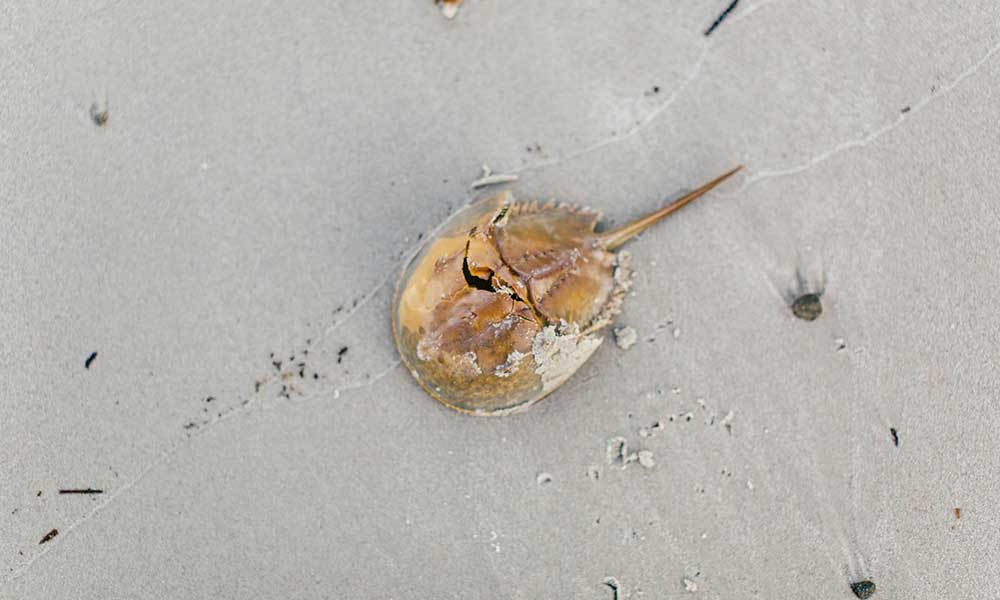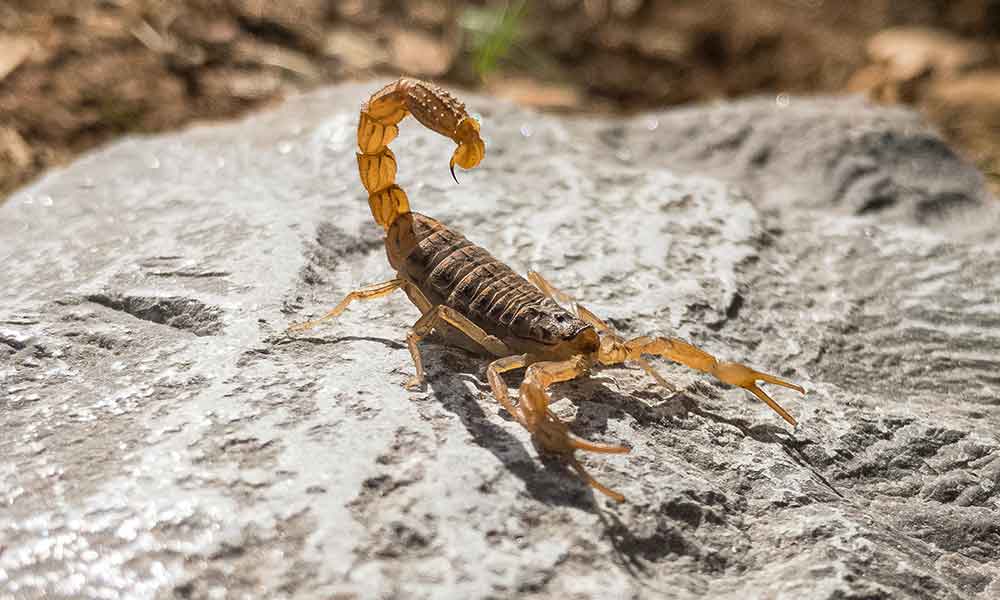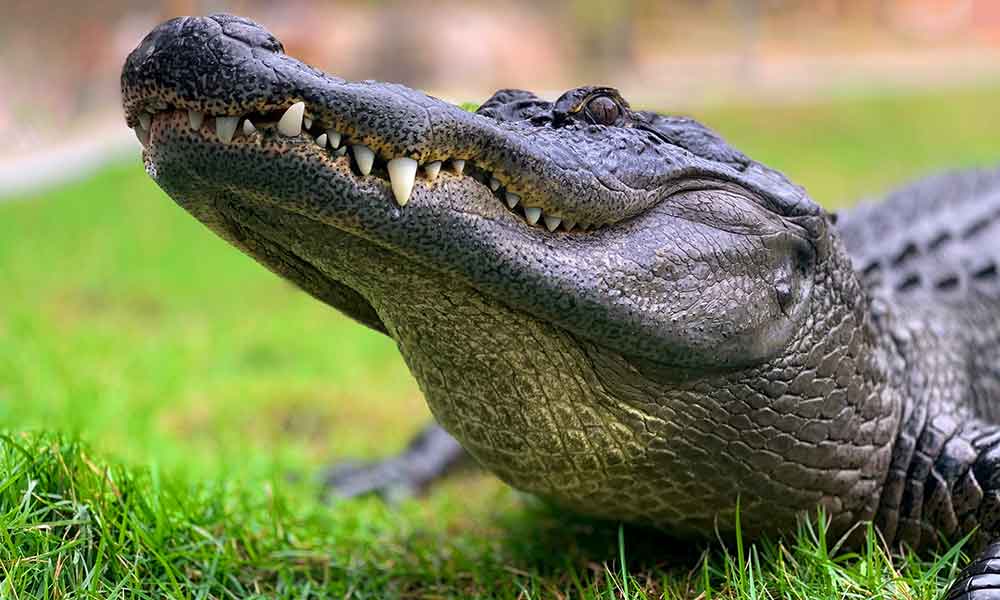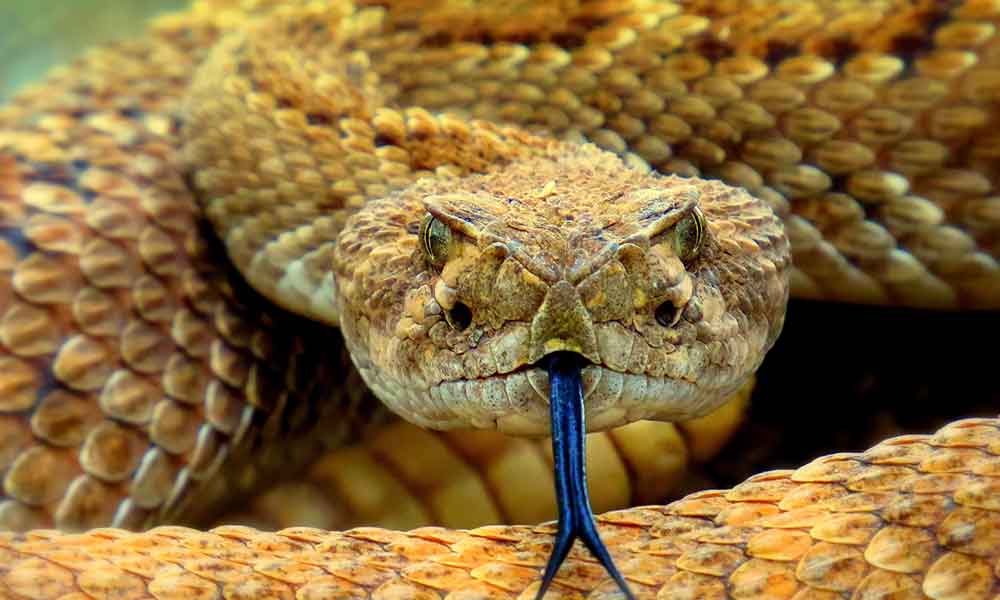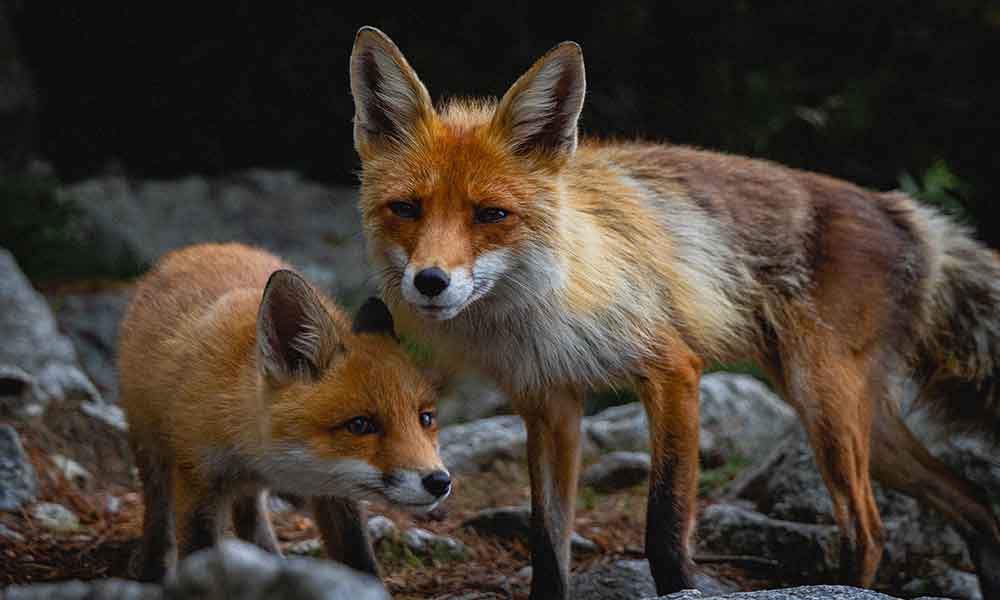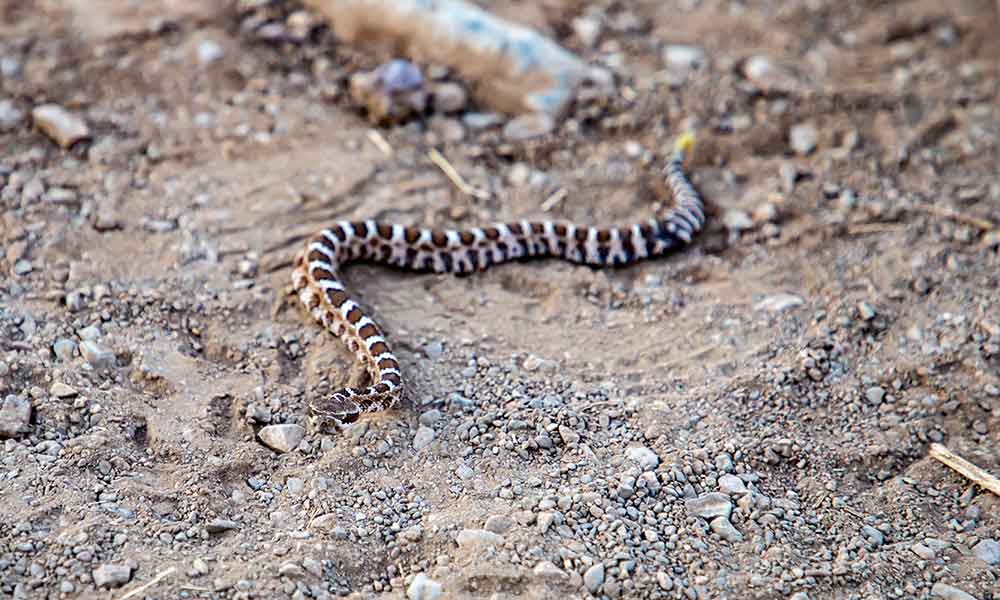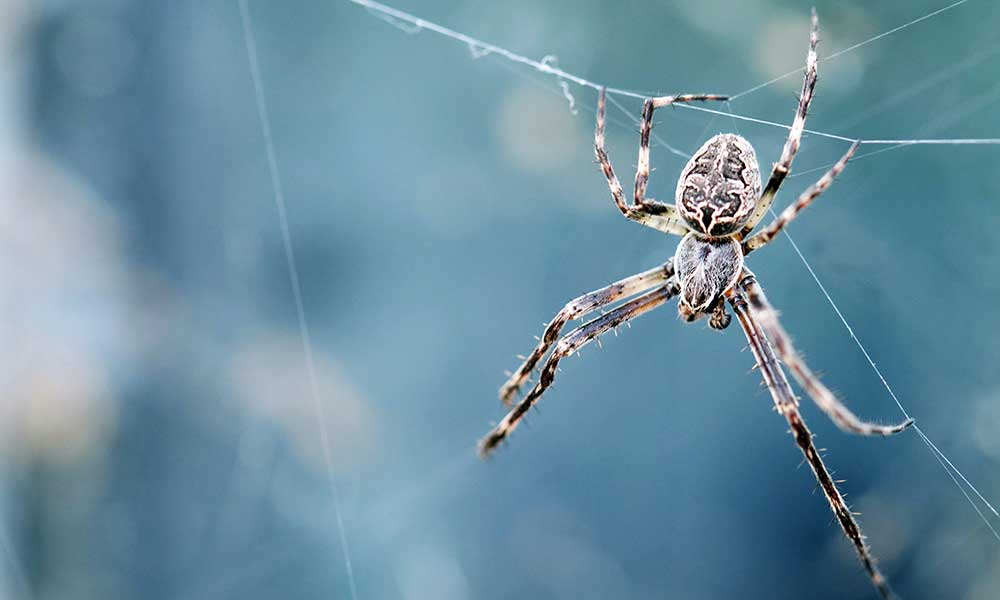Have you ever wondered if horseshoe crabs are dangerous to humans? If they bite? Or if they sting? We were and so we did a little research. Here is what we found.
Fortunately, horseshoe crabs are harmless and don’t pose a threat to humans. They don’t sting or contain any venom, making them safe to get close to at the beach.
What Are Horseshoe Crabs?
Horseshoe crabs are not real crabs but are more related to spiders and other types of arachnids. Horseshoe crabs are long and pointed, making them have an intimidating and menacing appearance.
There are currently four different species of horseshoe crabs. The anatomy of horseshoe crabs has not changed much from their ancestors thousands of years ago. They’re considered to be living fossils, and the female crabs are often one-third larger than males and can grow to be 18 to 19 inches.
Males are typically 14 to 15 inches long once they become adults and reach maturity. They have a hard shell and 10 legs, making it easy for them to walk on the ocean floor. They even have legs near their mouths. If they fall onto their backs, they can easily turn themselves over with their legs.
Many people often confuse them for stingrays or skates due to their distinct shape.
Where Are Horseshoe Crabs Found?
Horseshoe crabs are found in different locations around the world, depending on the species. In North America, the Limulus polyphemus is present near the Atlantic Ocean and the Gulf coasts.
They tend to live in shallow waters where soft or muddy sand is present. The three other types of species of horseshoe crabs are present in the Indian and Pacific Oceans.
There are approximately 2.3 to 4.5 million horseshoe crabs present from New Jersey to Virginia on the Atlantic Coast. Their habitat changes in each stage of their development and life. Younger horseshoe crabs are easy to find on the ocean floor of tidal flats. Adult horseshoe crabs travel to deeper parts of the ocean but go back to the beach when they’re ready to spawn.
During the spring, their eggs are often used as a food source by different types of predators including turtles, migratory birds, fish, and shorebirds.
What Do Horseshoe Crabs Eat?
Horseshoe crabs primarily feed off of mollusks at night and use a pair of pinches that are present near their mouths to eat.
They also scavenge for worms and crustaceans on the bottom of the ocean. At times, they even eat algae and other types of small animals in the water.
Horseshoe crabs don’t have any mandibles or teeth to chew their food, which prompts them to crush their food in-between their legs before they eat it with their mouths.
They spend most of their time on the ocean floor rooting through sediment in search of different types of food available.
Are Horseshoe Crabs Dangerous?
Horseshoe crabs are not dangerous or a threat to humans because they can’t bite or sting. Many people assume their tail can cause harm, but it does not have any function that would lead to injuries to humans.
Their claws are also gentle and can’t cause harm but are only used to help them get around and eat food.
Do Horseshoe Crabs Sting?
Horseshoe crabs don’t have anything on their bodies that can sting a human, unlike sea urchins, stingrays, and jellyfish. This makes them safe to have contact with, especially while spending time in the water.
You can safely turn them over if you see them upside down on their shell. Avoid turning them over by their tail or telson, which can become injured if you attempt to pull on it.
How Long Do Horseshoe Crabs Live?
Horseshoe crabs have an average lifespan of 20 years, which is longer than many types of crabs in the ocean. The populations of crabs present continue to decline in recent years.
When Do Horseshoe Crabs Come Ashore?
Although horseshoe crabs live in the ocean most of the time, they still make their way to the shore like clockwork each year.
They arrive between the months of May and June to mate and lay eggs when there’s a full moon. This is when there are evening high tides. Five to six males huddle around one female on the shore during this event.
How Long Have Horseshoe Crabs Been Around?
Horseshoe crabs are living fossils and have been in existence for approximately 445 million years. They continue to have the same appearance and design without changing.
They are from strata from the late Ordovician period. They are even older than dinosaurs and are prehistoric because they have been around for at least 300 million years.
Do Horseshoe Crabs Molt?
Yes, horseshoe crabs must mold to continue growing. They go through an average of 16 to 17 molts as they develop before they become mature.
They are considered to be an adult once they’re 10 years old. This causes them to grow and develop half their lives.
Molts are often easy to find near tidal flats by younger crabs who live in the area for the first one to two years of their lives. They often molt at least six times in the first year of their lives and can grow to a width of 1/2 inches.
The crabs shed a total of 18 times before they reach sexual maturity. Female horseshoe crabs are known to molt a lot more than males because they grow to be a larger size until they reach adulthood.
If you find a shell, they’re extremely delicate and should be handled gently to avoid breaking or cracking the skeleton. The shells can be preserved easily by applying a coat of clear glue if you want to put them on display.

